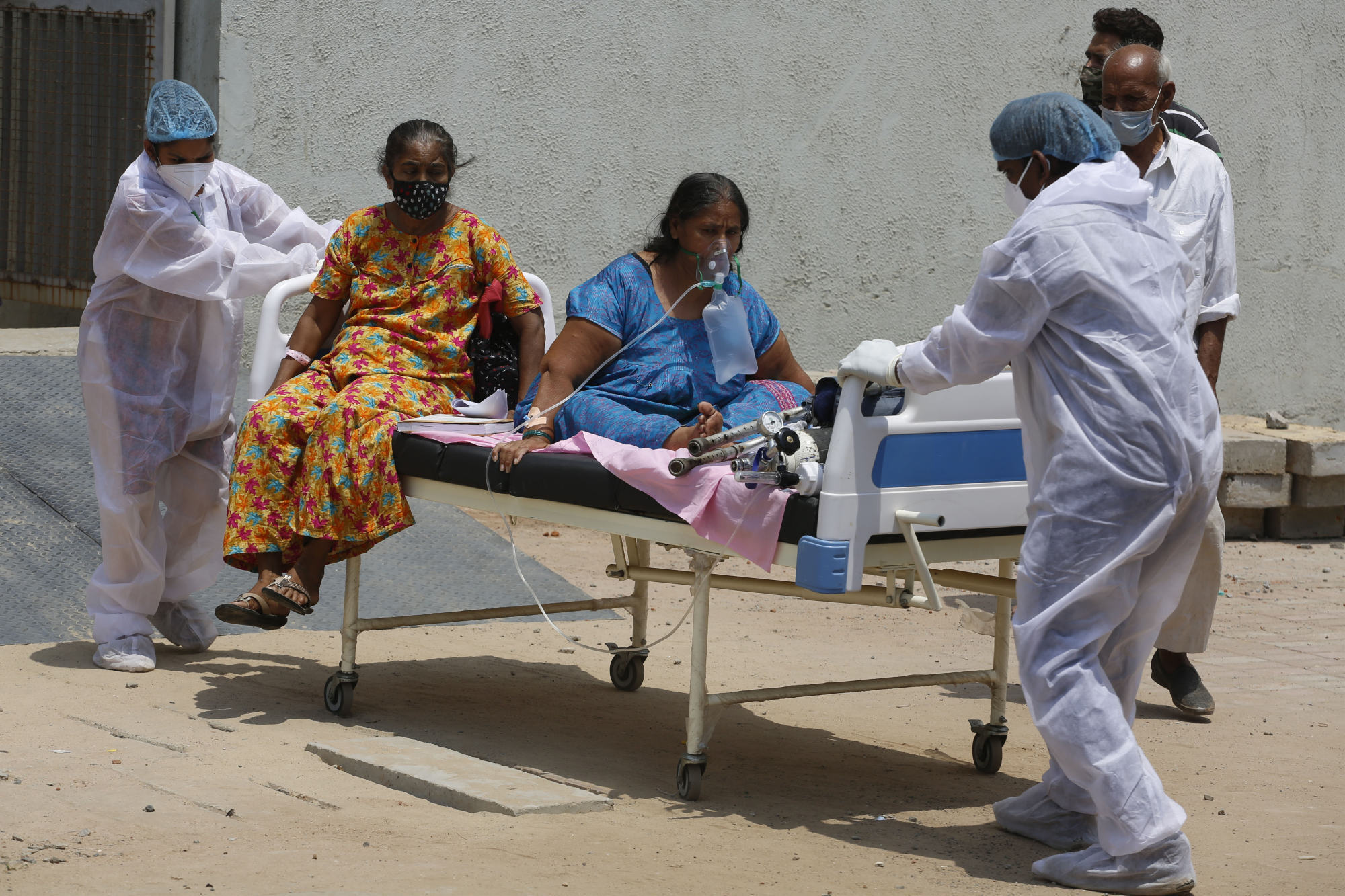
How India’s coronavirus trauma is being made worse by vaccine challenges and feckless decisions
- India is vaccinating at top speed and approving more vaccines but is still struggling with the challenge of its massive population, while also letting huge crowds gather
- With hospitals already overwhelmed, experts expect the latest wave of infections to peak in May, or later
In just a week, India has overtaken Brazil in total cases and is now second only to the United States, which has more than 32 million cases, though with a stable and much lower daily infection rate.
Experts worry that India’s abrupt surge in Covid-19 infections may soon acquire alarming proportions and become unmanageable for the Modi government. The peak may only come next month, or later, and the projections are grim, said Dr Bhramar Mukherjee, professor of epidemiology at the School of Public Health, University of Michigan.
Most models predict that daily cases could hit 300,000-500,000 at the peak, which translates, she said, to “20,000-25,000 hospitalisation[s] and 3,000-4,000 deaths every day. This will surely overwhelm the health care infrastructure.”

The complexity of the challenge facing India is reflected in the Covid-19 metrics used globally. On the one hand, India has done well to keep its death rate down to 125 per million of population, compared with the US at more than 1,700, and Britain and Italy at about 1,900 each. In terms of total deaths, India also comes out better at just over 170,000, compared to about 578,000 for the US, 362,000 for Brazil and nearly 211,000 for Mexico.
But if the expert projections about India unfold as envisioned, then its testing and vaccination rates are cause for alarm. The US has done 1.27 million Covid-19 tests per million in its population, France 1.08 million, Russia 854,000 and Turkey nearly 500,00 – while India has managed just over 188,000.
Despite its blistering speed, India has managed to fully vaccinate just 1 per cent of its population, compared to front runner Israel at 57 per cent, the US at nearly 23 per cent and Brazil at 3.5 per cent – three countries with a combined population of less than half that of India. Put differently, India has administered about 8 vaccine doses per 100 of its people, while the US has managed more than 57 doses and the much smaller Israel, about 120 doses.
Even as India copes with multiple challenges such as the emergence of new and more infectious Covid-19 strains, the lack of hospital beds and the tragic rush on cremation facilities – two anomalies merit notice.
More incongruously, India has continued to allow vast numbers of people to assemble for political and religious events. Crowds of thousands, possibly more, have gathered for state election rallies across the country. Alarmingly, millions of devotees congregated at Haridwar in the northern state of Uttarakhand to take a dip in the sacred Ganges River and celebrate the Kumbh Mela festival, which takes place once every 12 years, and which coincides with the Indian new year in many parts of the country.
Such feckless decisions to allow mass crowds to gather despite a spike in Covid-19 infections could prove very costly. The Covid-19 numbers in May will testify to the scale of this folly.
Commodore C. Uday Bhaskar is director of the Society for Policy Studies (SPS), an independent think tank based in New Delhi


